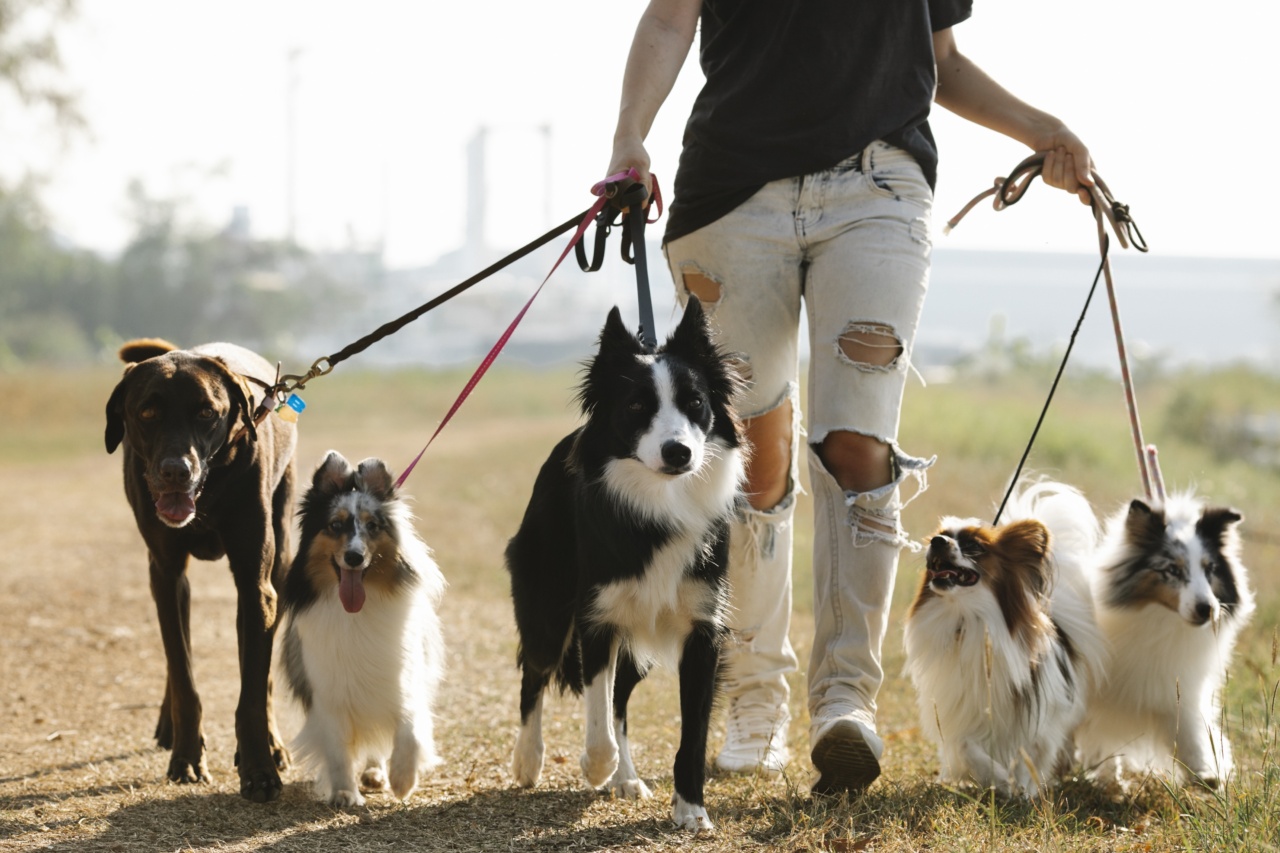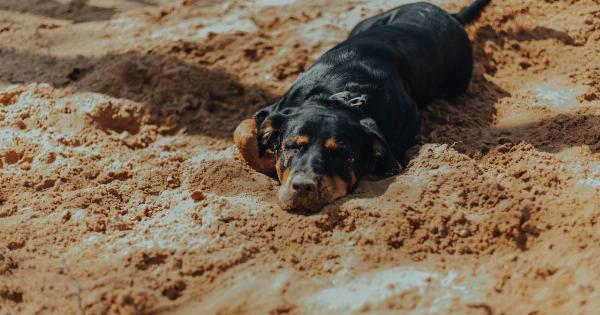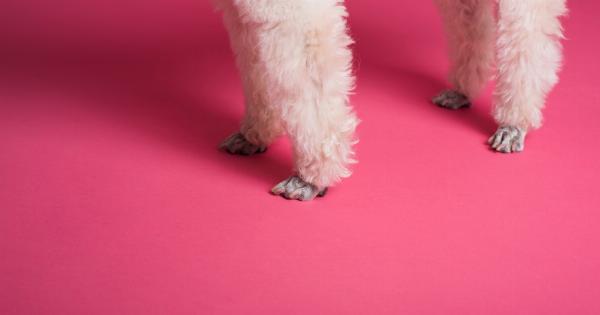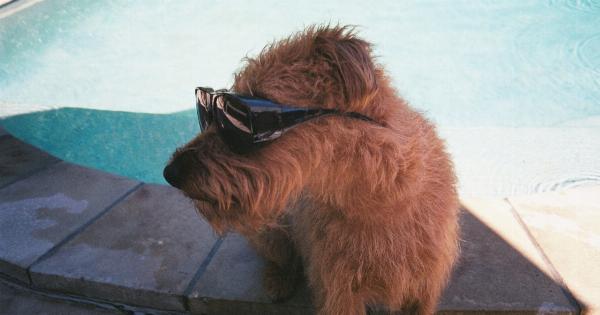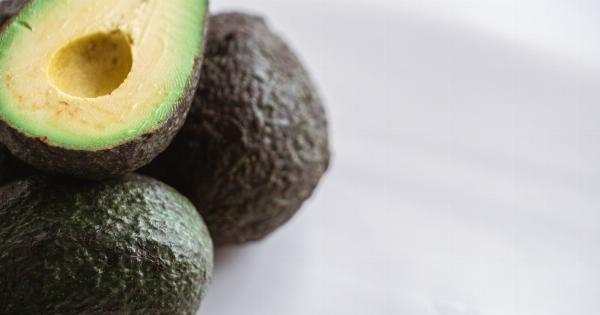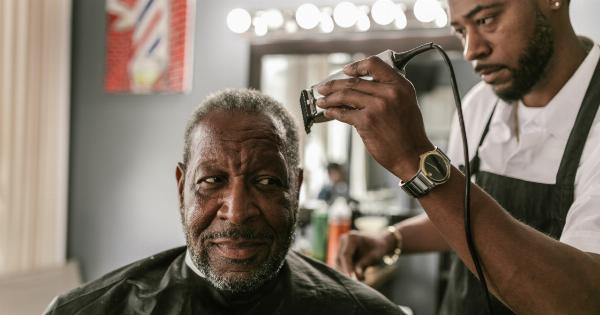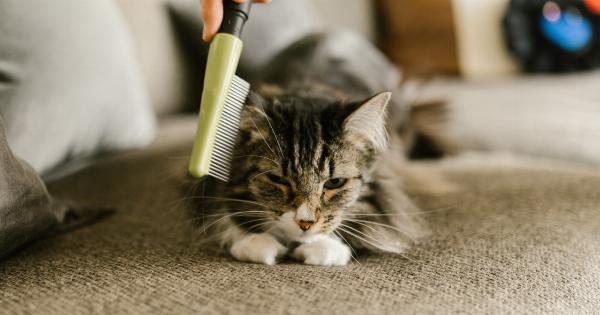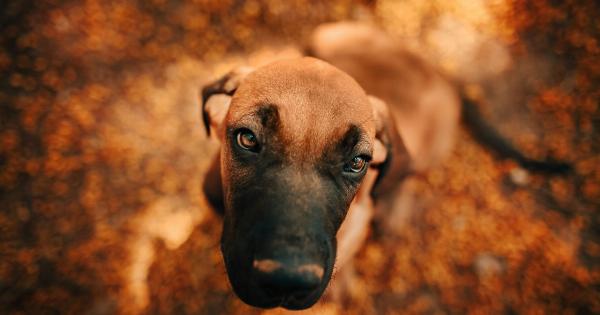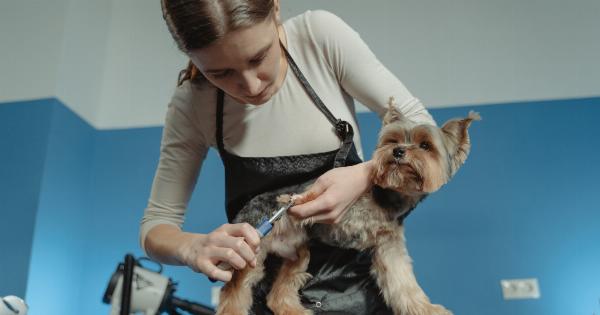As the summer temperatures rise, many dog owners consider shaving their canines to help keep them cool and comfortable.
While the idea of giving your furry friend a trim may seem like a beneficial solution, it is important to weigh the pros and cons before making this decision. This article will explore the advantages and disadvantages of shaving your canine during the summer months.
The Pros of Shaving Your Canine
1. Cooling Effects: One of the primary reasons why dog owners opt to shave their canines during summer is to provide instant relief from the heat. Removing the fur can help your pet feel cooler and prevent them from suffering heat-related issues.
2. Reduced Shedding: Dogs tend to shed more during warm weather to allow for a lighter coat. Shaving can help manage excessive shedding, making cleaning and grooming easier for both you and your pet.
3. Improved Hygiene: Trimming your dog’s fur short can help maintain better hygiene, preventing tangles and matting, which can lead to skin infections. It also allows for easier inspection of your pet’s skin for any abnormalities.
4. Styling Options: Shaving your dog’s fur opens up a world of creative possibilities. You can opt for cute and stylish patterns or designs that make your furry friend stand out.
5. Flea and Tick Prevention: Shorter fur makes it easier to spot and remove fleas or ticks, reducing the risk of infestation and related health problems.
The Cons of Shaving Your Canine
1. Sunburn Risks: Dogs’ fur acts as a natural barrier against the sun’s harmful rays. Shaving can expose their skin, increasing the risk of sunburn, especially for pets with lighter or thinner coats.
2. Decreased Insulation: Fur serves as insulation, both in cold and hot weather. Shaving may disrupt this insulation, making your dog more vulnerable to extreme temperatures.
3. Potential Skin Irritation: Some dogs have sensitive skin that can react negatively to being shaved. Itching, redness, and rashes are common side effects that can cause discomfort and require additional care.
4. Altered Regrowth: If your dog’s fur is shaved too short or unevenly, it may not grow back properly. This can lead to irregular patches and an uneven appearance until the fur fully regrows.
5. Increased Bug Bites: While shorter fur can help with flea and tick prevention, it may expose your dog to other insect bites, such as mosquitoes, flies, or bees.
Considerations for Shaving Your Canine
1. Breed and Coat Type: Different breeds have varying types of coats, and not all dogs are suitable candidates for shaving.
Breeds with double coats, such as Siberian Huskies or Golden Retrievers, have fur that serves a purpose in regulating body temperature, and shaving them can have a detrimental effect.
2. Veterinary Advice: Before deciding to shave your dog, consult with your veterinarian. They can provide insights based on your dog’s specific needs, coat type, and overall health.
3. Alternative Cooling Methods: Shaving is not the only way to keep your dog cool during summer. Other options like providing ample shade, access to fresh water, cooling mats, and swimming opportunities can also be effective.
4. Regular Grooming: If you choose to shave your dog, ensure that you commit to regular grooming to prevent any potential issues associated with shaving, such as skin irritations or uneven regrowth.
Conclusion
Shaving your canine during summer has both pros and cons to consider. While it may provide instant relief from the heat and reduce shedding, it can also expose your dog to sunburn, alter their natural insulation, and cause potential skin irritations.
It is crucial to evaluate factors like breed, coat type, and your veterinarian’s advice before making a decision. In many cases, alternative cooling methods and regular grooming may be sufficient to keep your dog comfortable throughout the summer months.
